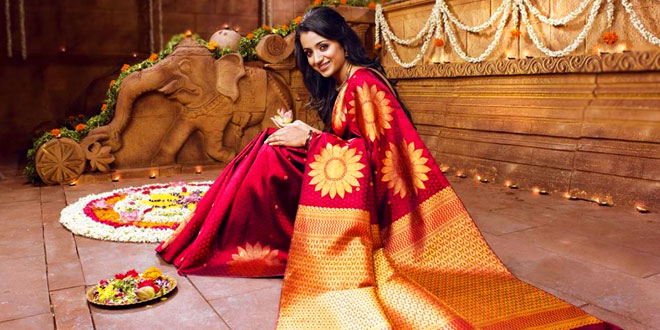Question: Explain the reasons for the changes in clothing patterns and materials in the 18th century?
Answer:
- Revolution: There were many restrictions on the French people regarding the dress codes. These were known as sumptuary laws. But after the French Revolution of 1789 many restrictions imposed on clothes were lifted.
- Trade: There was also a change in the clothing pattern because of trade. Now people had more choices and variety of clothes.
- Spread of democratic ideas: During the 18th century democratic ideas were also spreading in different parts of the world. Democracy Jay stress on equality as a result of which all citizens were given the choice to wear whatever they like.
- War: Clothes got shorter, simpler and less colorful because of the two world wars.
Question: Explain the impact of World Wars on the clothing pattern of women.
Answer:
- Women and work: Before the First World War most of the women in Europe were not working in factories.
But by 1917, more than 7,00,000 women in Britain were employed in ammunition factories. As they were going to work they needed clothes that were comfortable and convenient. They started wearing a working uniform of blouse and trouser. Clothes became plainer and simpler. Skirts became shorter. - No jewellery: Most of the working women stopped wearing jewellery and luxurious clothes.
- Change in school dress: Even schools started emphasizing the importance of plain dressing, and. discouraged ornamentation. With the introduction of gymnastics and games women started wearing clothes that did not hamper movement.
- Change in color: Before the war people used to wear bright colored clothes but during the war bright colors faded from sight and only sober colors were worn. Thus clothes became plainer and simpler.
Question: How did the French Revolution end all the distinctions imposed by the Sumptuary Laws?
Answer:
- People started wearing clothing that was loose and comfortable.
- Blue, red and white colours became popular and were considered the signs of patriotism.
- Now the difference in dress was based on the earnings.
- Other political symbols too became a part of dress for example a red cap symbolized liberty.
Question: Mention any three restrictions imposed on the common people of France from about 1294 to 1789.
Answer:
- Dress codes were sometimes imposed upon members of different layers of society through actual laws which were spelt out in some detail.
- In medieval France, the items of clothing a person could purchase per year was regulated, not only by income but also by social rank.
- The material to be used for clothing was also legally prescribed. Only royalty could wear expensive materials like ermine and fur, or silk, velvet and brocade. Other classes were debarred from clothing themselves with materials that were associated with the aristocracy.
Question: Why did Mahatma Gandhi’s dream of clothing the nation in Khadi became an appeal only to some sections of Indians?
Answer: Mahatma Gandhi’s dream was to clothe the whole nation in Khadi. Though he succeeded using khadi as a source to inspire the Indian people but there were many with different opinions.
- The British machines made clothes which were much cheaper as compared to khadi. Poverty rate was very high in India, so most of the poor started adopting foreign clothes.
- The wealthy Parsis of western India: were among the first to adapt Western- style clothing because western clothes were a sign of modernity and progress.
- Though Motilal Nehru gave up his expensive Western-style suits and adopted the Indian dhoti and kurta but these were not made up of coarse material as suggested by Gandhiji.
- As the caste system in India was very rigid and the western dress style was for all, so many people adopted it for self-respect and equality.
Question: What were the changes that came to be seen in women’s clothing as a result of two World Wars? Explain.
Or
How were the two World Wars responsible in bringing changes in women’s clothing?
Or
“Changes in women clothing came about as a result of two World Wars”. Explain the statement with examples.
Answer:
- Women and work: Before the First World War most of the women in Europe were not working in factories. But by 1917, more than 7,00,000 women in Britain were employed in ammunition factories. As they were going to work they needed clothes that were comfortable and convenient. They started wearing a working uniform of blouse and trouser. Clothes became plainer and simpler. Skirts became shorter.
- No jewelry: Most of the working women stopped wearing jewelry and luxurious clothes.
- Change in school dress: Even schools started emphasizing the importance of plain dressing, and discouraged ornamentation. With the introduction of gymnastics and games women started wearing clothes that did not hamper movement.
- Change in color: Before the War people used to wear bright colored clothes but during the War bright colours faded from sight and only sober colors were worn. Thus, clothes became plainer and simpler.
 Class Notes NCERT Solutions for CBSE Students
Class Notes NCERT Solutions for CBSE Students




Very good – Improved a lot.